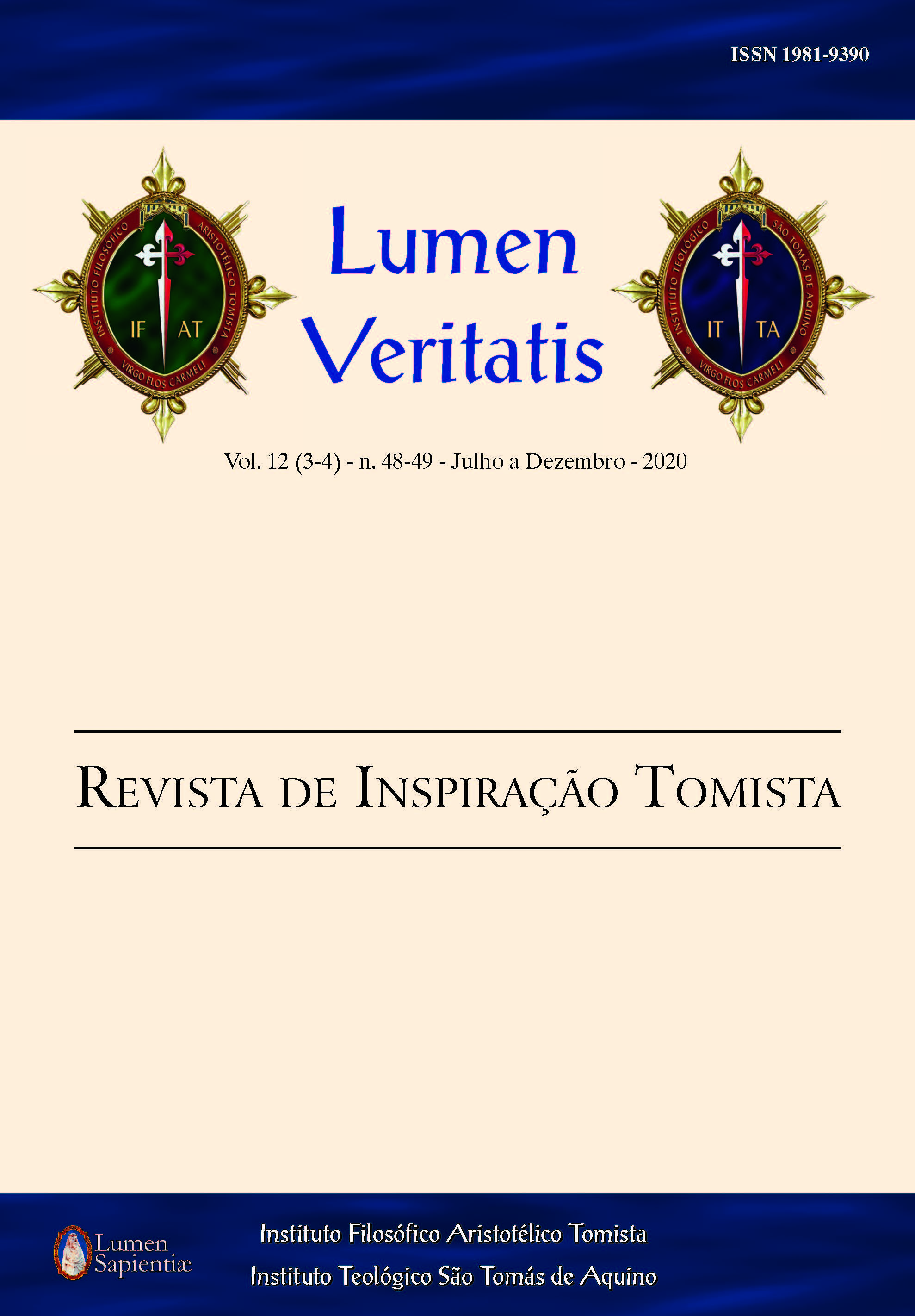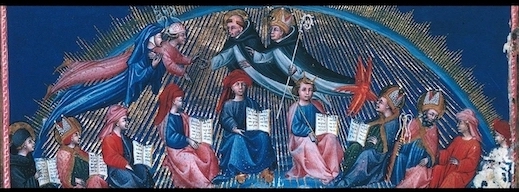Artigos mais lidos pelo mesmo(s) autor(es)
- Edison Minami, David Dalin. O mito do papa de Hitler , Lumen Veritatis - Revista tomista | Filosofia Teologia - Tomás de Aquino: v. 12 n. 46-47 (2020): Miscelânea
- Edison Minami, Robert Sarah. A noite se aproxima e o dia já declinou , Lumen Veritatis - Revista tomista | Filosofia Teologia - Tomás de Aquino: v. 12 n. 48-49 (2020): Miscelânea






